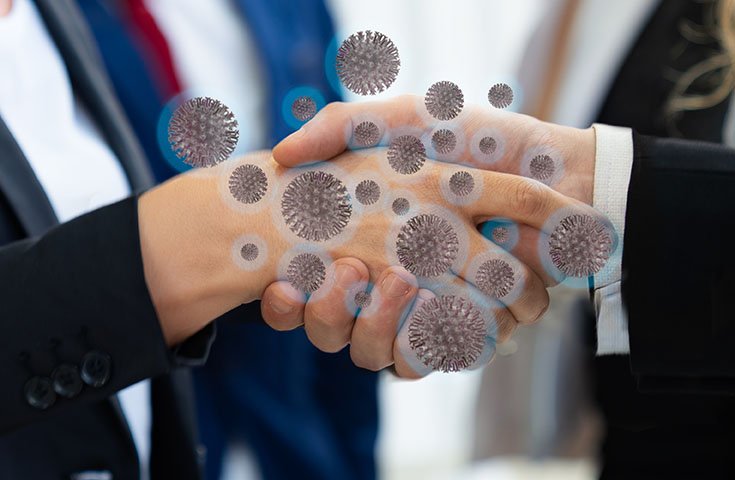
< Back
virus
Definition
A virus is a non-living particle that can infect cells and cause disease. It is made up of a protein coat that surrounds a piece of genetic material, either DNA or RNA.
Viruses can only reproduce by infecting cells. When a virus attaches to a cell, it injects its genetic material into the cell. The cell's machinery then uses the viral genetic material to make new viruses.
Viruses can spread from person to person in a variety of ways, including:
- Contact with respiratory droplets produced when an infected person coughs or sneezes
- Contact with contaminated surfaces
- Sexual contact
- Blood transfusions
- From mother to child during pregnancy or childbirth
There is no cure for most viruses, but there are vaccines that can help prevent them. If you get sick with a virus, there are medicines that can help relieve the symptoms.
Viruses are constantly evolving, so it is important to stay up-to-date on the latest information about them. You can do this by talking to your doctor or by reading reliable health information websites.
How can the word be used?
The doctor diagnosed the patient with a viral infection.

Different forms of the word
Noun:
- a small infectious agent that can replicate only inside the living cells of an organism.
- a contagious disease caused by a virus.
Adjective: of or relating to viruses.
Etymology
The word "virus" comes from the Latin word "virus", which means "poison".
The first recorded use of the word "virus" to refer to an infectious agent was in 1796.
Question
What can cause you to catch a virus?
AQA Science Exam Question and Answer
Question:
Explain the structure and reproductive process of a virus. Discuss the concept of viral infection and its impact on host cells.
Answer:
A virus is a microscopic infectious agent that consists of genetic material, either DNA or RNA, surrounded by a protein coat called a capsid. Some viruses also have an outer lipid envelope derived from the host cell membrane. Viruses lack cellular structures and cannot carry out metabolic processes on their own; instead, they rely on host cells for replication.
The reproductive process of a virus involves attachment, penetration, replication, assembly, and release. Initially, a virus attaches to specific receptors on the surface of a host cell. It then penetrates the cell, releasing its genetic material. Within the host cell, the viral genetic material hijacks the cell's machinery, directing it to replicate viral components. These components are assembled into new virus particles, which are released to infect other cells.
Viral infection has a significant impact on host cells. As the virus multiplies, it can damage or destroy the host cell, leading to various symptoms of the disease. In some cases, the immune system recognises and eliminates infected cells, contributing to the body's defence against the infection. However, in other instances, the virus can evade the immune response, leading to chronic infections or other complications.